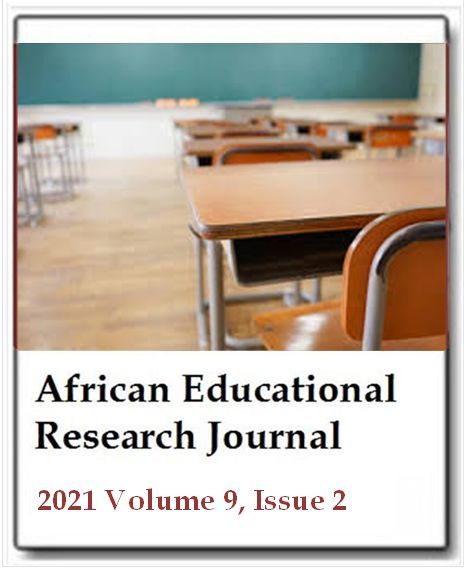The effects of respiratory muscle training on aerobic, anaerobic and respiration parameters
Yaşar KöroğluAfrican Educational Research Journal
Published: April 27 2021
Volume 9, Issue 2
Pages 405-417
DOI: https://doi.org/10.30918/AERJ.92.21.031
Abstract
This study was conducted to search the effect of respiratory muscle training on aerobic, anaerobic endurance, and respiratory parameters in primary school students. 32 volunteer students, between the ages of 13-14, participated in this study. The volunteers were divided into experimental (n = 15) and control groups (n = 17). The experimental group participated in the football training of the school team three days a week, with two hours of physical education lessons in a week. Also, respiratory muscle training was applied with the Powerbreathe device for 5 weeks, five days a week in the morning and evening. The control group only participated in the football training of the school team three days a week, with two hours of physical education lessons in a week. Physical measurements, pulse, systolic-diastolic blood pressure, oxygen saturation, lung volume and capacity, aerobic and anaerobic capacity, and inspiratory pressure were measured before and after the study. Physical measurements has been determined that there are differences in the values of FAT, BMR, anaerobic power and MaxVO2, respiratory parameters, systolic and diastolic blood pressure (p < 0.05). It was observed that Inspiratory pressure measurement values were found to be statistically significant (p < 0.05). As a result, it can be said that five-week respiratory muscle training positively affects aerobic and anaerobic endurance, respiratory functions, respiratory muscle strength of primary school students compared to students who do regular training.
Keywords: Respiratory, training, aerobic, anaerobic, students.
Full Text PDFThis article is published under the terms of the Creative Commons Attribution License 4.0

